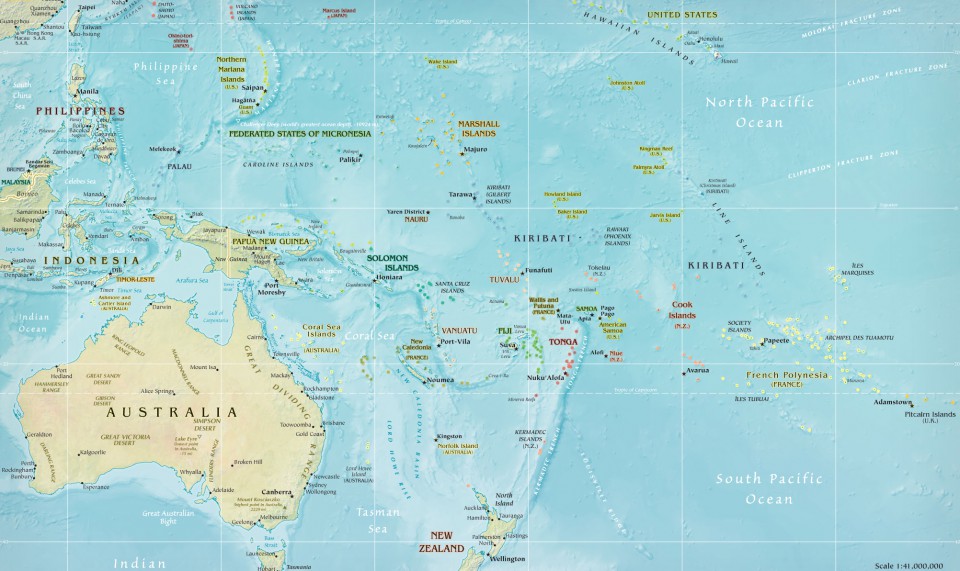Vera Roboz, nee Groak, is listed as an Australian psychoanalyst in the online dictionary of women psychoanalysts, Psychoanalytikerinnen: Biografisches Lexikon. The web-page Geni shows that Vera to have been born in Budapest in 1912, the third and youngest child and only daughter of Erno Groak, a prominent physician and Irma Groak, nee Pollatstek. Vera’s brother, Bela, born in 1901 and, also a physician, perished in the Ukraine in 1943. Irma Groak and Gyula Groak also died during the war years.Vera and her husband Pal Roboz emigrated to Australia via Vienna in 1957 following the Hungarian uprising against Russians. At that time Pal Roboz was a leading paediatrician in Budapest and Vera, the head of the Department of Criminal Psychology at the Remedial Teacher’s college in Budapest. ( Boros: et al; Psychology and Criminal Justice…)
The Lexicon entry mentions that Vera Groak was a follower of Leopold Szondi, a psychologist whose theory of fate analysis was predicated on intergenerational transmission of a familial unconscious. Szondi seems to have provided an alternative theory of development to that of Freud and Jung, a third based upon the notion of a familial unconscious.
So who was Szondi?
My account here is drawn from an internet search, and an exploration of Youtube… I am open to correction here and apologize for errors. My acquaintance with Szondi is very new. I have put links to the sources I have used.
Leopold Szondi ( 1898 -1984) was a Hungarian born psychologist and the creator of Fate Analysis and the Szondi Test, a projective test akin to the Rorscharch test. For Szondi human fate is constituted by the elements as self-, character-, social-, mental-, spiritual- fate. In a short account of Szondi’s life, Dr. Enikő Gy. Kiss from the University of Pecs, notes that”Szondi’s theory of object choice – „ object choice guided by the ancestors”-, which he later named genotropism, was published in 1937.
Szondi ‘came to the concept of genotropism through the discovery of the choice of illnesses. In pursuance of the research they have gathered data of a thousand child and their fifteen thousand relatives. The examination of family trees had helped him realize the similarities between illnesses amongst the families of spouses. According to his observations the traumas and sicknesses were often the consequences of the familial genotype and not due to other factors. This way the familial heredity is responsible for the sickness of the primarily weak organ. In Szondi’s concept, not only the choice of illnesses but also the choice of occupation, spouses and friends is also due to its familial heredity. These thoughts have lead to the notion of the familial unconsciousness, which is rooted in the latent familial heredity everyone carries along. The familial unconsciousness appears in our choices, and according to Szondi’s concept, our fate is a continuous line of the choices we make”.( Kiss).
Vera Groak appears to have joined Szondi’s laboratory shortly around the time of the publication of his work “Analysis of Marriages in 1937. An attempt at a theory of choice in love.’ This work even made it into a Sydney based Australian paper called ‘The World’s News’ in 1940. Szondi did not get much publicity in Australia in 1940. News from Europe was hard to get by then. The war was underway.
However the journalist explained it thus:
Others in Vera’s group were Ferenc Mérei, Klári Sándor, György Garai, Zsuzsa Kőrösi and Imre Molnar. Her future husband, Pal Roboz, a paediatrician also joinedSzondi’s laboratory and the work with disabled children. The training program also involved psychoanalytic treatment, exploring with the patient the meaning of his object and life choices. The intention of freeing the patient from the constraints of familial unconscious patterns down generations to greater freedom of choice…
In 1944 Szondi went from Hungary to Belsen on the Kastner train. The original intention was for the train to go straight to Switzerland but it was diverted to Belsen where the passengers remained for six months. Eventually after negotiations with Eichmann a ransom was paid for him and the other 1300 odd passengers. The train eventually ended its journey in Switzerland. Szondi lived in Zurich for the remainder of this life.Vera Groak Roboz and her husband appear to have remained in Hungary.
In later life Szondi recorded an interview with Jaques Schott, which can be found here. It’s interesting viewing, ( with a transcription in German and then. for me, into English, with the aid of an online translation feature) not least for Szondi’s description of his life’s work. He also remarks upon the criticism he received about his rather Calvinistic approach… implying a sort of asceticism and attempt at anonymity. Overall though, it is an interesting story.
